At the same time, this army completed all preparations for the main force of the Region and the Ministry to launch a general attack on the last stronghold of the Saigon regime.

On the morning of April 30, 1975, units of Division 304 destroyed the entire Nuoc Trong base (Long Thanh, Dong Nai), opening wide the "gateway" for forces to penetrate deep into and capture targets in Saigon's inner city. Photo: VNA
Attack everywhere
Implementing the Central Bureau's policy of launching a widespread offensive to change the situation on the entire battlefield, the armed forces of the Southeast and the extreme South Central regions determined that one of the first urgent requirements was to build and develop the armed forces.
In addition to organizing the reception and preparing positions for the Ministry's units to be stationed in the area, the military regions in the Southeast and the extreme South Central regions urgently developed their armed forces, forming spearhead divisions, regiments, battalions, units of arms and local troops, and militia and guerrillas. From December 1974 to the end of February 1975, the revolutionary movement in the Southeast and the extreme South Central regions developed strongly like never before.
Before the Tay Nguyen campaign, the Hoai Duc - Tanh Linh area was liberated, creating a springboard for direct attacks on Xuan Loc, Bien Hoa and Saigon from the East. The local armed forces controlled the Vam Co Tay route area, ready to cut off Highway 4 to isolate Saigon from the Mekong Delta. At the same time, we also occupied both enemy reconnaissance and communication centers in Ba Den and Ba Ra and effectively controlled the military airport in Bien Hoa.
On March 23, 1975, local troops of Binh Long province coordinated with the main force to attack and liberate An Loc town, developing an offensive to sweep the enemy. On April 2, 1975, we liberated Chon Thanh district. With the support of local armed forces, Division 6, Military Region 7 coordinated with Corps 4 to attack the defensive line known as the "steel door" of Xuan Loc, completely liberating Long Khanh province on the night of April 20 and early morning of April 21, 1975, opening wide the door to Bien Hoa and Saigon from the East.
From April 4 to 24, 1975, Tay Ninh province mobilized young people to join the armed forces to supplement the province's main force; propagated and mobilized religious people to join revolutionary organizations. Thanks to that, when we attacked the provincial capital, religious people rose up together with the people to threaten the enemy. At exactly 4:00 p.m. on April 29, 1975, we raised the flag on the roof of Trang Bang district headquarters, liberating the entire district.
In Long An province, two battalions of Long An and two regiments of Military Region 8 attacked District 8 directly, occupied the General Police Department, the Navy Command of the Saigon Army; and occupied Nha Be fuel depot on April 30, 1975. Guerrillas and people simultaneously rose up to occupy all towns, outposts and military bases of the enemy, completely liberating the province.
In Bien Hoa town (Dong Nai province), at 6:00 a.m. on April 30, 1975, the entire Bien Hoa industrial zone was liberated. The revolutionary base of Binh Da hamlet guided troops to take over Tran Quoc Toan Barracks, the Security Department, occupy Duc Tu district and liberate Tam Hiep commune.
After completely liberating Ba Ria, at noon on April 28, 1975, the Ho Chi Minh Campaign Command decided to use the Sao Vang Division and Battalion 445 to carry out phase 2 with the plan to liberate Vung Tau city by both land and sea routes. The enemy had destroyed Co May bridge, defending Vung Tau to the death. The Command decided to cross the river using both methods: secretly and using strong firepower to support. On the afternoon of April 28, 1975, fishermen from Long Huong, Phuoc Le, and Phuoc Tinh communes mobilized all available boats to take troops across the river, liberating Vung Tau.
On April 26, 1975, the Ho Chi Minh campaign officially opened. Together with the main army corps and the people of Saigon - Gia Dinh, in all directions, the armed forces of the Southeast region simultaneously attacked the targets. The 6th Division (in the formation of the 4th Corps) captured the targets on Highway 1, Bien Hoa town. The 5th Division (in the formation of the 232nd Group) attacked Tan An, Thu Thua, blocking Highway 4. The Gia Dinh Regiment coordinated to capture the targets of Tan Son Nhat, Ba Queo, Quan Tre, Saigon Highway and Nha Be River mouth. Special forces units captured and held Bong Bridge, Sang Bridge, Rach Chiec Bridge..., the main traffic routes, creating a springboard and leading the way for the army corps to enter the inner city of Saigon. The armed forces of the districts supported the uprising people, destroying the resistance forces. On May 1, 1975, Con Dao - the last locality in the Southeast region was completely liberated.
Valuable lesson on great solidarity
Participating in the Ho Chi Minh campaign, the armed forces of the Southeast and the South Central Coast successfully completed their mission. This victory was recorded in history as a glorious feat of arms and left many valuable lessons.
That is, Party committees and commanders at all levels in the Southeast and the extreme South Central regions always grasp, thoroughly grasp and creatively implement the people's war line, the viewpoints on revolutionary violence and armed struggle of the Party and President Ho Chi Minh, applying them appropriately to each historical period, close to the practical requirements of the battlefield. Strive to build and consolidate bases and liberated areas, linking the building of strong three-armed armed forces with the building of a solid people's war posture. Building three-armed armed forces on the basis of combining political struggle with armed struggle at the local, grassroots level, in all three strategic regions. Strengthening the Party's leadership role in building and consolidating the local people's war posture is a principled requirement in the revolutionary struggle and in peace building.
During the 1975 Spring General Offensive and Uprising, under the leadership of the Party, the army and people of the Southeast and the extreme South Central regions, based on the solid foundation of the local people's war, created a combined strength to wear down, destroy and disintegrate the enemy forces, creating favorable conditions for the main force to strike major blows and gain complete victory. The combined strength of the local people's war, according to our Party's viewpoint, must be built and consolidated from the grassroots. Without a strong foundation, there can be no combined strength of the people's war.
Therefore, in building provinces and cities into solid defense zones, we also consider the construction and consolidation of a comprehensively strong foundation, the building of safe, masterful, combat-ready communes and wards as the key to creating a combined strength, capable of defeating the strategy of "peaceful evolution" and violent overthrow of hostile forces; preventing and suppressing "hot spots", maintaining political stability right from the locality and the grassroots. This is the creative application of lessons learned in promoting the combined strength of the great national unity bloc in the current period.


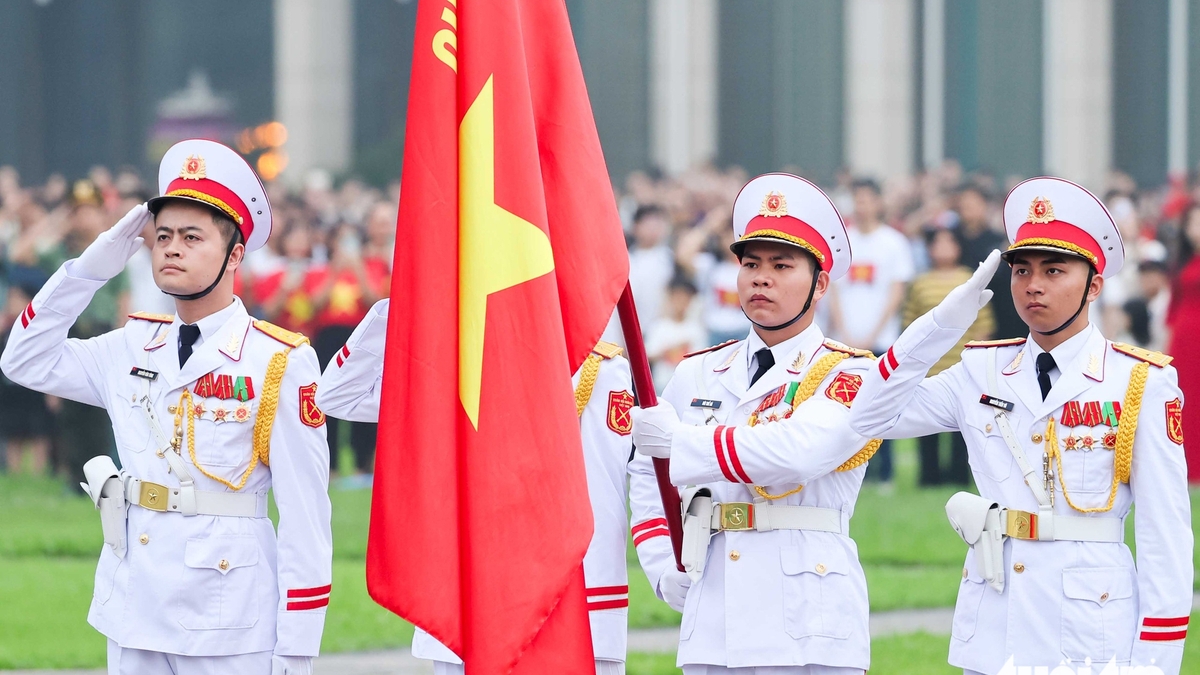
![[Photo] Performance of the Air Force Squadron at the 50th Anniversary of the Liberation of the South and National Reunification Day](https://vphoto.vietnam.vn/thumb/1200x675/vietnam/resource/IMAGE/2025/4/30/cb781ed625fc4774bb82982d31bead1e)

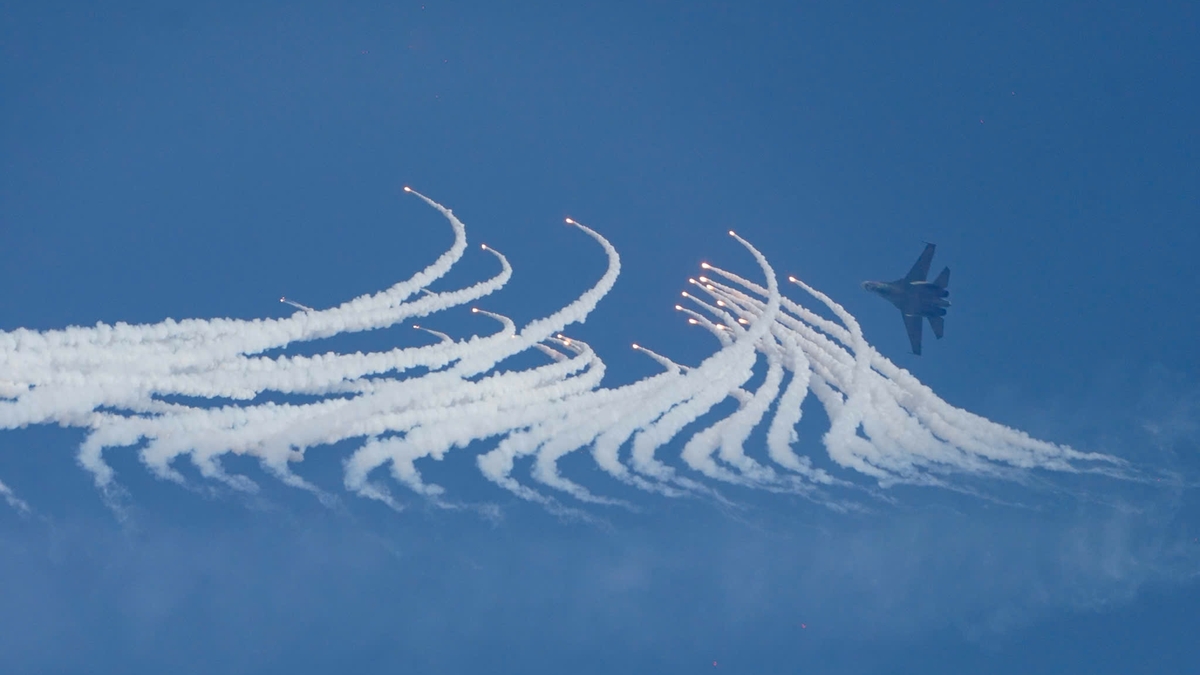
![[Photo] General Secretary To Lam presents the title "Hero of Labor" to the Party Committee, Government and People of Ho Chi Minh City](https://vphoto.vietnam.vn/thumb/1200x675/vietnam/resource/IMAGE/2025/4/30/08a5b9005f644bf993ceafe46583c092)
![[Photo] Flag-raising ceremony to celebrate the 50th anniversary of the Liberation of the South and National Reunification Day](https://vphoto.vietnam.vn/thumb/1200x675/vietnam/resource/IMAGE/2025/4/30/175646f225ff40b7ad24aa6c1517e378)














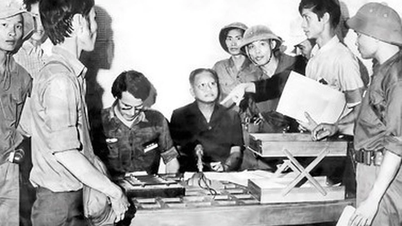

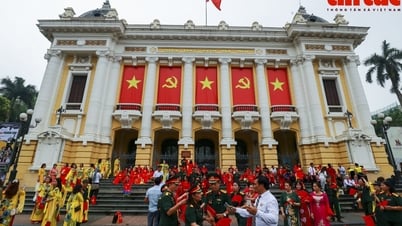





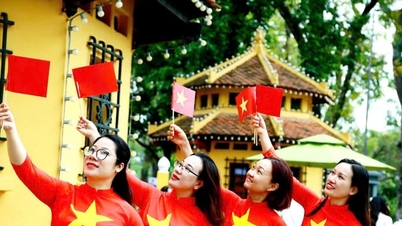
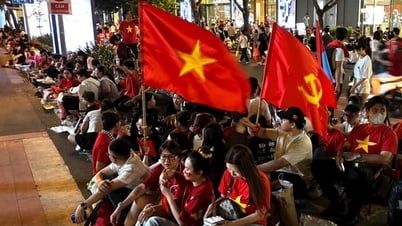











































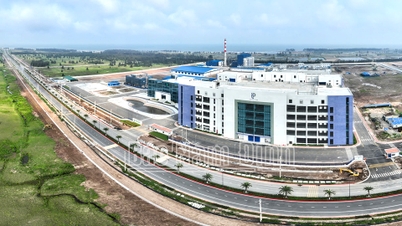





















Comment (0)